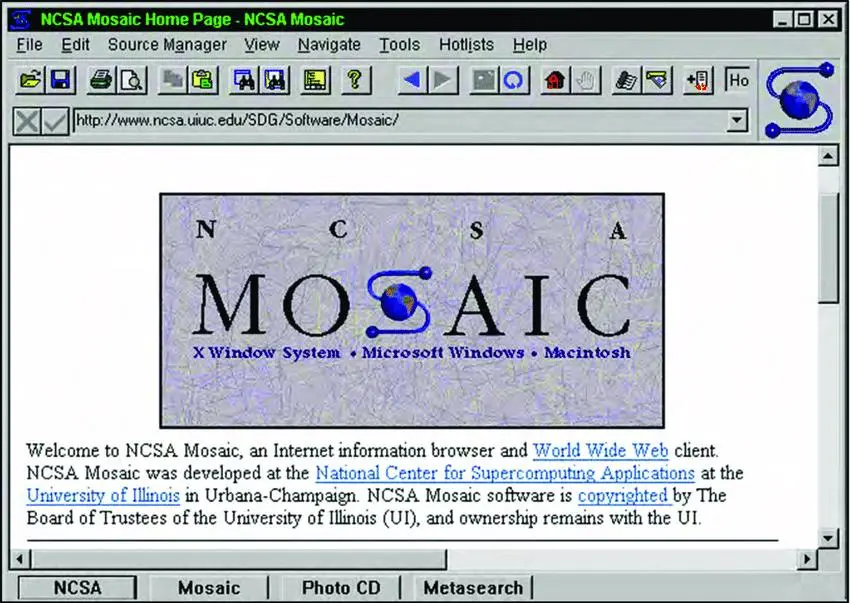The History of the Internet
The Internet's Evolution: From ARPANET to Web 3.0.
The internet, a tool that transformed the world by providing a network of networks that allowed us to share, log, analyze and produce information. Following decades of development led by governments and private entities, the internet became widely accessible to the public in the late 1990s. As of January 2024, there are 5.35 billion internet users across the world which is equivalent to 66% of the global population. Of this total, 5.04 billion users are social media users. These numbers point to the growing importance of the internet in the past 30 years. So, what is the internet? How was it developed and globalized? In this article, the development of the internet throughout time will be presented.

PART-1: EARLY DEVELOPMENTS
The first computer networks were special purpose systems developed in the late 1950s like AUTODIN I (a defense control and command system).
By the early 1960s time-sharing systems were developed. Time-sharing systems allowed the resources of a computer — host — to be shared between multiple users by cycling through a queue of the users very fast so that nobody would feel the delay.

In 1969, the first host-to-host network connection system ARPANET was created by Advanced Research Projects Agency (ARPA). It connected time-sharing computers at government supported research sites and quickly became an essential part of infrastructure of the computer science research community. It also was the first time a message was sent via the internet. After a few years Jon Postel started to record socket numbers in a book which eventually evolved to be the Internet Assigned Names Authority (IANA) that used to manage the DNS.

Soon after, protocols like simple mail transfer protocol (SMTP, known as e-mail) for sending short messages and file transfer protocol (FTP) for longer transmissions were developed.
Afterwards, packet switching technology emerged. The logic behind it was breaking down the data that needed to be sent, into smaller parts that were called ‘packets’ so that the transmission wouldn’t take up a lot of joint space. This system accelerated the transfer operations between users.

In the 1970s DARPA (formerly ARPA) supported the development of ground-based and satellite-based packet networks. While ground-based packet networks mobilized access to computer systems, satellite-based packet networks connected the USA to several countries across the world.
Although ground-based packet networks enabled connecting mobilized terminals to computer systems, the time-sharing computers were too heavy and hard to carry around. So, developers wanted to connect ground-based packet networks to ARPANET. Furthermore, in Europe the end users wanted to use the computer systems that were connected by satellite-based packet networks to the USA. Therefore, the need to create a network that connected ground-based and satellite-based packet networks arose.
PART-2: FOUNDATIONAL DEVELOPMENTS
After time-sharing systems, host-to-host connections and packet switching technique DARPA launched “Internetting” program to investigate the interconnection of heterogeneous networks (networks connecting devices that have significant differences in operating systems and protocols). The program aimed to connect networks with standard interfaces through gateways. But a new protocol and a new system architecture were required.
In 1974 DARPA, Standford University and a couple of computer scientists worked on such a system and came up with transmission control protocol (TCP), which made heterogeneous networks possible across the globe and enabled users to process data packets from different devices.

The TCP also included internet protocol, which acted as an addressing system and enabled the routers to direct data packets to their final destination. In the 1980s TCP/IP protocol was adopted by US Department of Defense and soon after, the protocol was also adopted by some businessmen.
By the 1980s National Science Foundation (NSF) collaborated with DARPA to expand access to the federally supported research networks. In order to achieve this goal, NSF funded five supercomputing centers at Princeton University, the University of Pittsburgh, the University of California, San Diego, the University of Illinois, and Cornell University and connected these centers with NSFNET. After a while NSF also funded some non-profit networks allowing other users to the NSFNET.
In 1986, a voluntary group, the Internet Engineering Task Force (IETF), began developing new open-source functionality concepts and standards for both public and commercial use of the internet, and it continues this work today. IETF’s voluntary work has been utilized since its foundation by many users and internet service providers (ISP).
PART-3: Expansion and Growth
The decline in semiconductor prices, the expansion of the integrated circuit industry, the emergence of local area networks and ethernet, the development of the personal computer technology in addition to many other factors prepared the ground for the commercial internet to thrive and scale up rapidly.
The first commercial internet service provider (ISP) was The World, founded in 1989 in Massachusetts by David LaQuey aiming to make internet access available for everybody not just for the academic and research community. The first rise in the internet traffic followed soon after.
During the early 90s a few commercial networks had come into existence and since these networks met the research community’s needs, in 1995 NSF shut down the NSFNET. At the same period, Commercial Internet Exchange was formed to enable the exchange of internet traffic between different commercial networks.
In 1993, the University of Illinois brought the first internet browser with graphical interface, Mosaic, into existence by utilizing the tools that the World Wide Web (WWW) application provided. The WWW was developed at CERN by Tim Berners-Lee and his colleagues inventing and integrating many access protocols. Towards the late 90s many other browsers were introduced, and the WWW had millions of active users. Also, around 10 thousand ISPs were founded at this time.

Beginning in 1995, dot-com enterprises were entering the sector and stock markets with huge newcomer investor expectations which led to an almost sevenfold increase in Nasdaq-100 index evaluations in dot-com companies. But by the year 2000, after seeing no development, the investors began to lose hope. At the same year the Federal Reserve increased interest rates triggering investors selling-off their shares and leading to shrinking in the dot-com industry. This phenomenon was later named “The Internet Bubble”.

After the internet bubble burst, Web 2.0 emerged providing better opportunities for social networking, and focusing on user generated content as well as cloud computing. With this development social media sites like Facebook and Twitter gained popularity. After the mobile phone access to the internet also was introduced an enormous rise in active internet user numbers was seen. The new concept allowed many modern technologies to emerge and overall made access to information a lot easier than it was.
After the growth in blockchain technology a decentralized internet model, Web 3.0 arose during early 2010s. The model aims to provide a user-owned, secure internet that is supported with machines and AI for improved search and data organization.
Today, in 2024, we are globally still in the early stages of a transition between Web 2.0 and 3.0. Although problems such as reliability, scalability, and technical complexity in Web 3.0 slow down this phase, there is no doubt that the development process of the internet will never stop.
REFERENCES
- World Wide Web | History, Uses & Benefits
- Dot-com bubble | Definition, History, & Facts
- The Traitorous Eight & the Start of Something | by Alan Philips --- The Age of Ideas | Medium
- Internet - Networking, Protocols, ARPANET
- IETF | Introduction
- Ethernet | Definition & Facts
- ICANN History Project - ICANN
- The History of Silicon Valley | History Cooperative
- Personal computer (PC) | Definition, History, & Facts
- Evolution of the Cloud
- TCP/IP Protocol - Architecture, Protocol Suite and Layers





